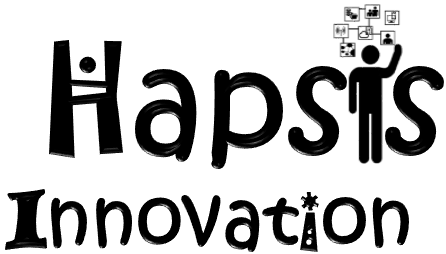Design your own
 Rather than use characters designed in advance by the facilitators, an interesting alternative is to ask groups to identify characteristics that they find particularly challenging in work situations, and then the actors play this character.For example in assertiveness skills, who at work do you find it most difficult to be assertive with, how do they react, what sort of person are they?
Rather than use characters designed in advance by the facilitators, an interesting alternative is to ask groups to identify characteristics that they find particularly challenging in work situations, and then the actors play this character.For example in assertiveness skills, who at work do you find it most difficult to be assertive with, how do they react, what sort of person are they?
What if you could have someone very similar in the room to try your skills on?
Play it again!
An important aspect of drama based learning is the facility to stop and go back, “rewind” the state of play, and try it again in a different way. This could be to allow someone to approach the same conversation or question in an alternative style, or to hand over to someone else to try it out from the same starting point.
Choose your future!
The direction of the scenario and the interaction with the character will evolve through the workshop, and no two sessions are the same. Typically, in moving the scenario forward nearer the end, participants will have to choose what happens next. For example they may decide that the two members of staff in conflict agree to a meeting to sort out their problems, and the scenario moves on an hour to the meeting place.
Coaching skills
Particularly useful in a scenario with multiple characters, participants can be split into groups to take the role of coach for one of the characters. This allows them to help the character change their approach and attempt to resolve the situation in the scenario. For example, the two characters in conflict arrive at the meeting and, even with the best of intentions, slip into confrontation. The coaches can pause the action, discuss with their character, and resume with a modified approach.

Comments are closed